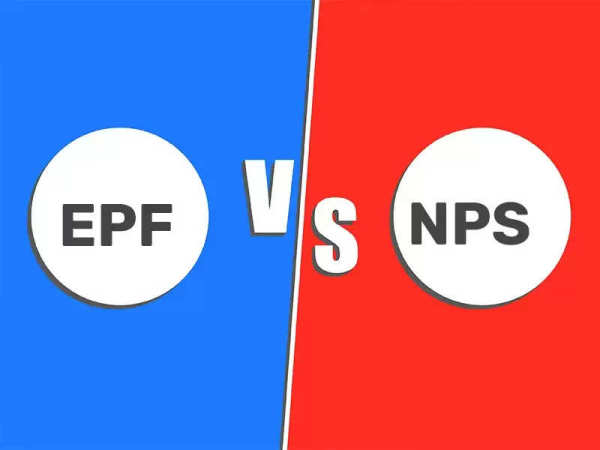
Companies are now giving the option of investing in NPS along with EPF to private job holders. If you also work in the private sector and want to create a big fund for retirement, then in which of the two options will it be right to invest money? If there is any confusion about this, then know the right decision from the expert. This will also help you in creating a big fund in the future and saving tax.
Salaried people usually keep in mind the National Pension Scheme (NPS) and Employees Provident Fund (EPF) while planning their retirement. Anyone can invest in NPS, but EPS is only for those who are employed. At present, some employers allow employees to choose both options. At present, not all employers offer NPS, but if your employer does, you can request them to make the employer contribution a part of your salary.
What is the difference between the two
As per NPS rules, employees are not required to contribute to avail of employer benefits and can request their employers to keep their contribution at any level, which can be up to 14% of the basic salary. In the case of EPF, it is 12%. Employee contribution is mandatory for employer contribution in EPF, which will usually remain the same amount i.e. 12%.
Where will more tax be saved?
Employer contribution in NPS is a part of the gross salary. Tax exemption is also available on this. Employer contribution to EPF, which can be a part of your CTC, is completely tax-free. However, if the total contribution to NPS, EPF, and other superannuation funds exceeds Rs 7.5 lakh per annum, then tax will be levied on the excess amount.
Which has more flexibility
If we talk about flexibility in EPF and NPS, then NPS will be better in this case. This is because when changing jobs, employees have to transfer their EPF to the new employer. Both the old and the new employer have a role in this. On the other hand, NPS has flexibility and continuity, as it does not require the approval of the employer to stop the contribution or transfer the account.
Which will make more money
The returns generated through NPS are market-linked and give the benefit of compound interest at a higher rate than EPF. This means that along with getting higher interest in NPS, one also gets the benefit of compounding. On the other hand, the return rate from the Provident Fund Scheme i.e. EPF is determined annually by the Employees' Provident Fund Organization (EPFO), which is 8.25% for the financial year 2025. There is also no benefit of compounding on this.
What is the rule for withdrawing money?
As far as withdrawal is concerned, 25% of your deposit amount in NPS can be withdrawn at any time and this can be done 3 times during your job. In this, 60% of the amount can be withdrawn tax-free in a lump sum after retirement and 40% of the amount will have to be used to buy an annuity plan for pension. Partial withdrawal is possible in EPF during employment. You can withdraw the entire amount after leaving the job. You can also withdraw the entire amount after retirement. Your withdrawal will be tax-free only if you have completed at least 5 years of service. Under NPS, the pension amount depends on the annuity you buy, while in EPF, a lump sum pension of Rs 7.5 thousand is fixed.
Disclaimer: This content has been sourced and edited from News 18 hindi. While we have made modifications for clarity and presentation, the original content belongs to its respective authors and website. We do not claim ownership of the content.